How to deal with a dog who's always looking for food, by leading trainer Ben Randall
Got a dog who is always hungry, just can't get enough of food, and doesn't have any qualms about playing up to get it? Ben Randall knows how to stop any gluttonous behaviour in its tracks.


We all love to spoil our dogs — and food is a simple way to do so. For many, feeding them tasty titbits from our own meals — whether sitting at the table or preparing dishes in the kitchen — can be harmless indulgence. But what happens when you're the owner of a greedy dog who begs for more or steals morsels when they can?
This is exactly the dilemma being faced by JC-D, who has written to us from France via our paws-for-thought@futurenet.com email address, to ask how best to stop her little dog Lulu begging for scraps and always looking for food.
Hi Ben,We have a five-year-old Poodle/Bichon cross called Lulu who thinks she’s a Labrador! She’s constantly — and I mean constantly — looking for food!She eats so fast she positively inhales her two meals a day! I put the bowl down, make her wait, and say ‘sit!’ and she does, but is poised ready to pounce. Then I say ‘good girl!’ and she dives in. But, as soon as I turn around, the bowl is empty! I got one of those silicone labyrinth feeding bowls to slow her down, although I don’t think it made much difference.Out on dog walks she’s foraging all the time, diving under park benches after dropped chips or other scraps, and I have to literally drag her past fast food joints. She also has a penchant for rabbit droppings — or cat poo out of litter trays (after eating the cat food) if we’re out visiting friends — and she’s always around my feet in the kitchen, hoping I’ll drop something edible.However, worst of all, she sits looking up at us beseechingly at our mealtimes begging. And, I’m embarrassed to admit this, but I’ve been very bad about feeding her titbits from the table. I know I have made a rod for my own back…The thing is, we’ve just collected her after 11 days staying with friends while we were away on holiday and they’re much more strict with their dog. And, apparently, she wasn’t begging because he wasn’t? She’s lost weight and I thought that now might be a good opportunity to break the habit.I’m now trying not to do it any more, but, after 48 hours it’s proving very hard. She’s looking at me with those doleful eyes as if to say: ‘Who are you and what have you done with my Mum?!’ It’s killing me to deny her and stop myself passing down a piece of apple, as I fear she feels like she’s being punished?How do I now retrain her (and me) out of the bad habits I taught her in the first place?Please help! — JC-D, via email, from France
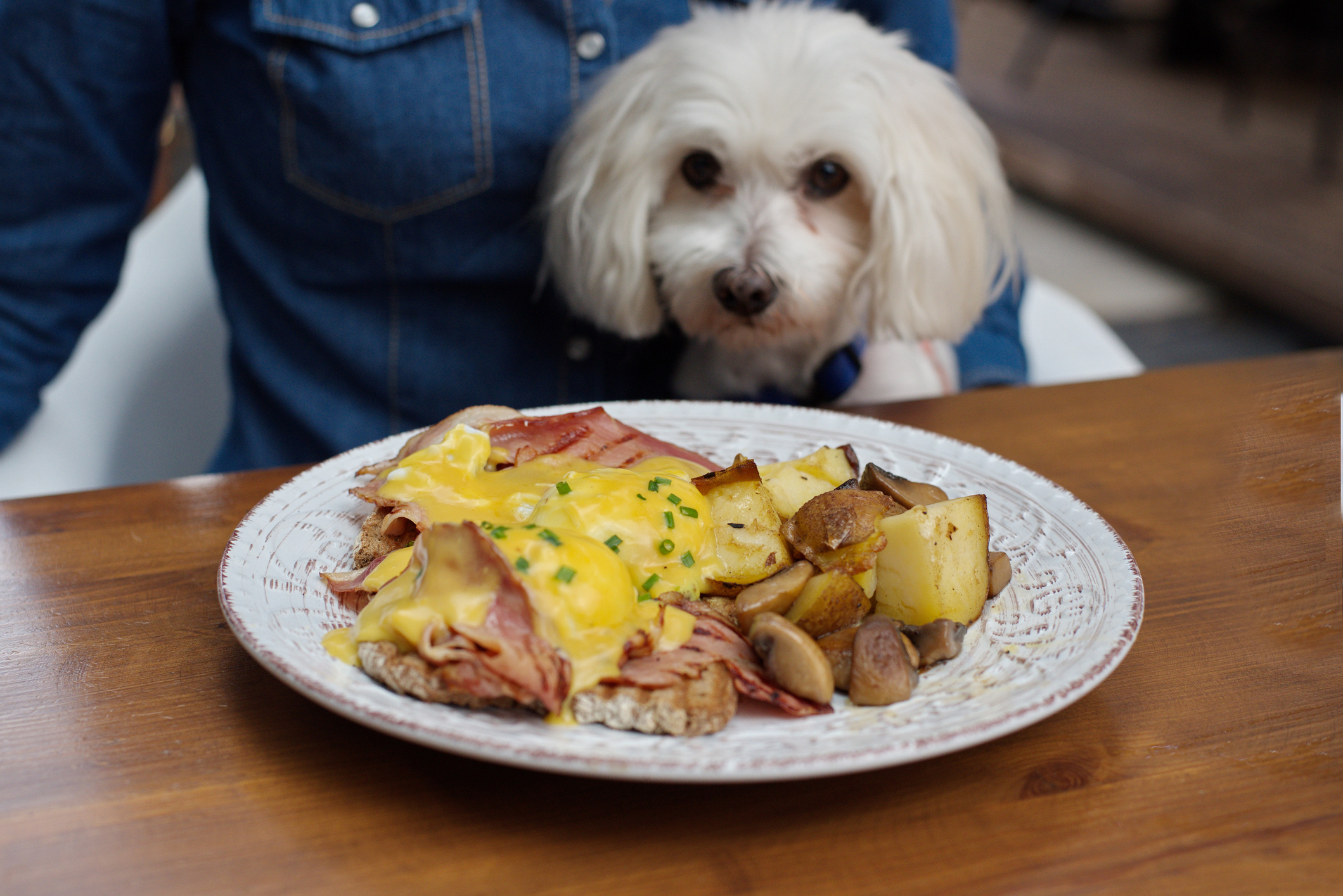
Many thanks for your letter and for explaining your issue in such detail. As I know you appreciate, you have undoubtedly brought most of your dog’s unwanted behaviour on yourself. So this article is mostly about reteaching you, not Lulu, so that you can build a stronger bond and partnership with your dog, without continually bribing and treats.
In training terms, having a dog that is food-motivated is always a positive. Please do not think that by not giving your dog scraps from the table or when you are cooking that you are being unkind. It’s far better for your dog to have a controlled diet, than to have excess human food thrown into the mix.
Ask yourself this question: is it better to have a dog laid in its bed, relaxed and chilled, whilst you are preparing your dinner? Or a dog whose eyes are glued on you whilst you cook? For me, the happier, more relaxed and content dog is the one relaxing in its bed.
I’ve been perfecting my BG (Beggarbush) foundation methods for nearly 20 years and understand that even experienced dog owners come up against issues that they are not sure how to handle. However, with a little common sense and patience, it won’t take long for you to stop Lulu being so fixated on food. You can learn more via @beggarbush on Instagram and my dog-training app (this link will let you get a free trial) or ask me your own question by emailing paws-for-thought@futurenet.com.
Ben’s top six tips for stopping your dog begging and scavenging for food
1. Split up her food into smaller portions to create more training opportunities
Let’s use Lulu's meal times, as you are already doing, to teach your dog to sit. However, I would like to advance this much more, to enable us to re-teach some more fundamental commands.
Exquisite houses, the beauty of Nature, and how to get the most from your life, straight to your inbox.
You have mentioned that she eats extremely quickly, so it’s best to stick with the dog gobble bowl — but don't give an entire meal to her at once. If, for example, you feed her about 100g of kibble for breakfast, split it into 5 x 20g portions. Doing this will mean that she has to eat more slowly, because there is less food and she won’t be able to consume as much as one go. And it also gives us five opportunities at each of these smaller feed times to instil new commands and build your partnership.

2. Ask her to sit and wait before eating to build patience around food
When you are preparing her food or your own meals at breakfast, lunch or dinnertime, I’d like you to ask Lulu to sit in her bed with the sit command, whilst placing the bowl — containing a percentage of daily ration — on the floor. Continue to ask her to sit for a while, until she starts to relax. Then, once you are happy that she is calm, point at the food and give the ‘ok’ command.
Repeat this exercise at every mealtime. This will make her more focussed on her food (and therefore her reward) than yours — and that will make her less inclined to follow you around the kitchen begging.
You can also extend this to when you eat your meals. Ask her to sit in her bed, every so often rewarding her with her own food, whilst you eat yours. However, please remember that this must always be her own food from her own bowl, and not your plate or your own hand. In fact, as you have already started trying to do, I would refrain from giving her titbits or scraps until these new commands are established — although, of course, there is no harm in adding slices of apple or other dog-friendly titbits to the food in her bowl. That’s entirely your choice.
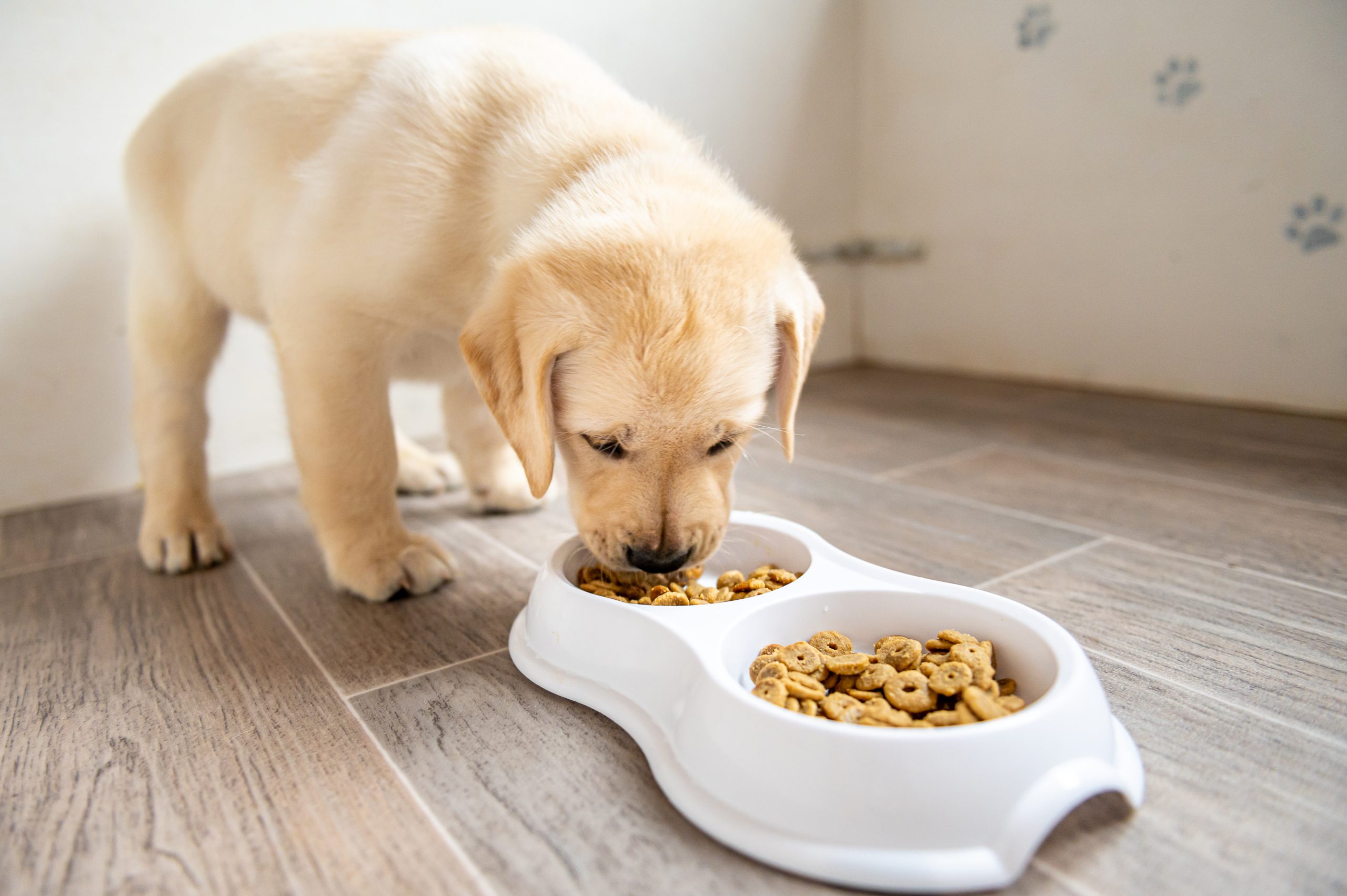
3. Teach the essential and potentially life-saving ‘leave’ command
Again, this can be done at mealtimes — please read my previous article on teaching a dog the leave command for more detailed steps on how to achieve this. The leave command will be a super important one for her to learn when it comes to all sorts of tempting distractions, whether that’s inside or outside the home.
4. Walk her on the lead until you have got her scavenging under control
When walking Lulu, you want to encourage her to engage with and listen to you. Therefore, to begin with, I’d like you to always keep her on the lead in the park, as per my previous advice about getting your dog to walk to heel. When you are walking her to heel, show her some of her normal food or kibble in your right hand, being sure to reward her every so often, especially when walking past the sort of high level distractions that you mention in your letter.
In practice, what would this look like? The dog is on the lead, walking at heel, showing you some eye engagement and, as you walk past a fast food restaurant or some food waste on the ground, a simple ‘leave’ command, swiftly followed by the ‘heel’ command, should be all that’s needed to dissuade Lulu from snaffling any food waste off the floor. Then, once you’ve got past the chips or any other foodie enticement, reward Lulu with a piece of her own kibble.
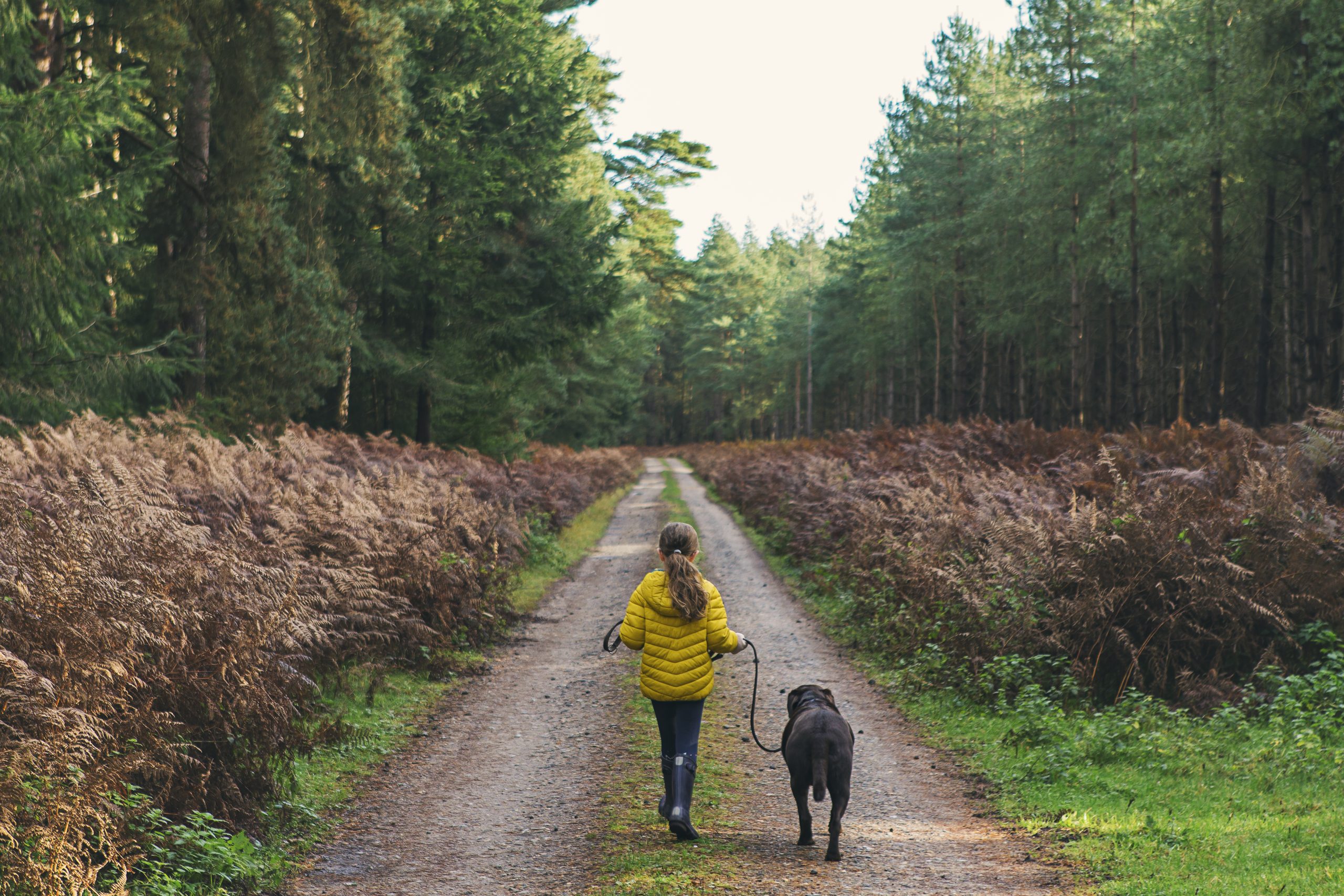
5. Train her to instantly come back to you, each and every time you call her
Recall training is vital for dogs, not least so that you can always call your dog away from any potential dangers. Again, I like to practise this at meal times or by simply using some kibble from my hand. For example, the best way to do this is with an Acme whistle, as I do not like to shout to call my dog too much.
There are several stages to dog recall training. To begin with, ask Lulu to sit in the house, walk a distance away from her, say her name, then blow three or four short pips on the whistle and, as she approaches you, ask her to sit, pause and then reward her. Once you are happy with this and she is listening to the whistle, repeat this process multiple times in the garden, until her response — irrespective of the area she's in — is instant as soon as she hears the recall command.
6. Don’t go too fast or make things too difficult too soon
Do not put Lulu in a situation in which you feel it’s going to compound these problems. Work on each of these commands and training tips, firstly in low-distraction areas, then build up your confidence before you test them in more difficult environments.
I wish you all the best with teaching Lulu these new tricks. I hope that they will encourage you and Lulu to learn a new, more fulfilling routine together, so that you are able to enjoy each other’s company more when you are at home or out and about. Please follow this advice for a few months and let me know how you get on.
For more detailed advice about Ben Randall’s positive, reward-based and proven BG training methods, one-to-one training sessions, residential training or five-star dog-boarding at his BGHQ in Herefordshire, telephone 01531 670960 or visit www.ledburylodgekennels.co.uk. For a free seven-day trial of the Gundog app, which costs £24.99 a month or £249.99 a year, visit www.gundog.app/trial

Credit: Alamy
How to take your dog to the pub, by expert trainer Ben Randall
Enjoying a drink in a lovely country pub with your dog snoozing quietly at your feet is one of the
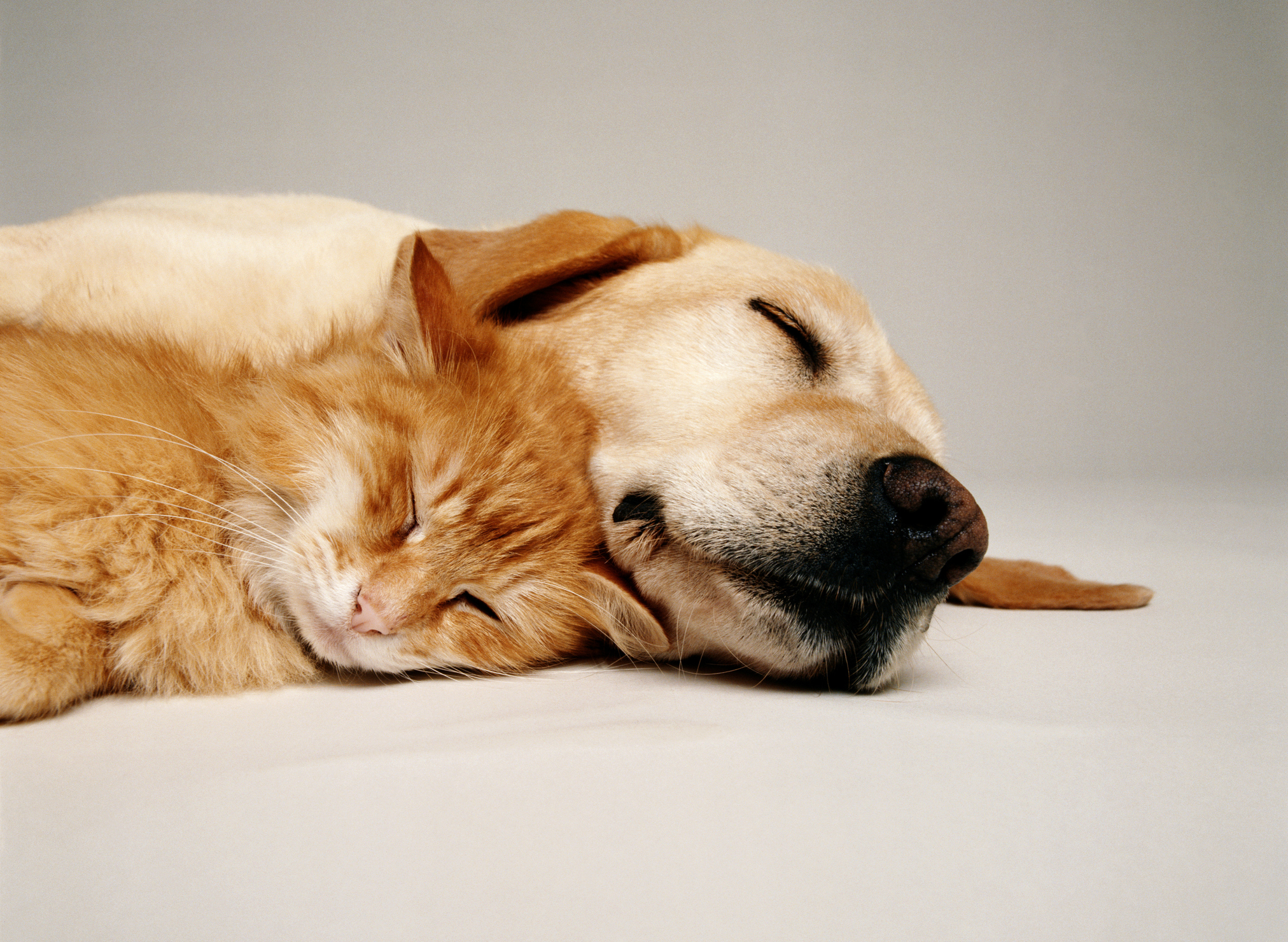
Credit: Getty
How to introduce a puppy to your cat, by expert dog trainer Ben Randall
Introducing a dog to a cat can be nerve-wracking, but get it right and the two of them can get
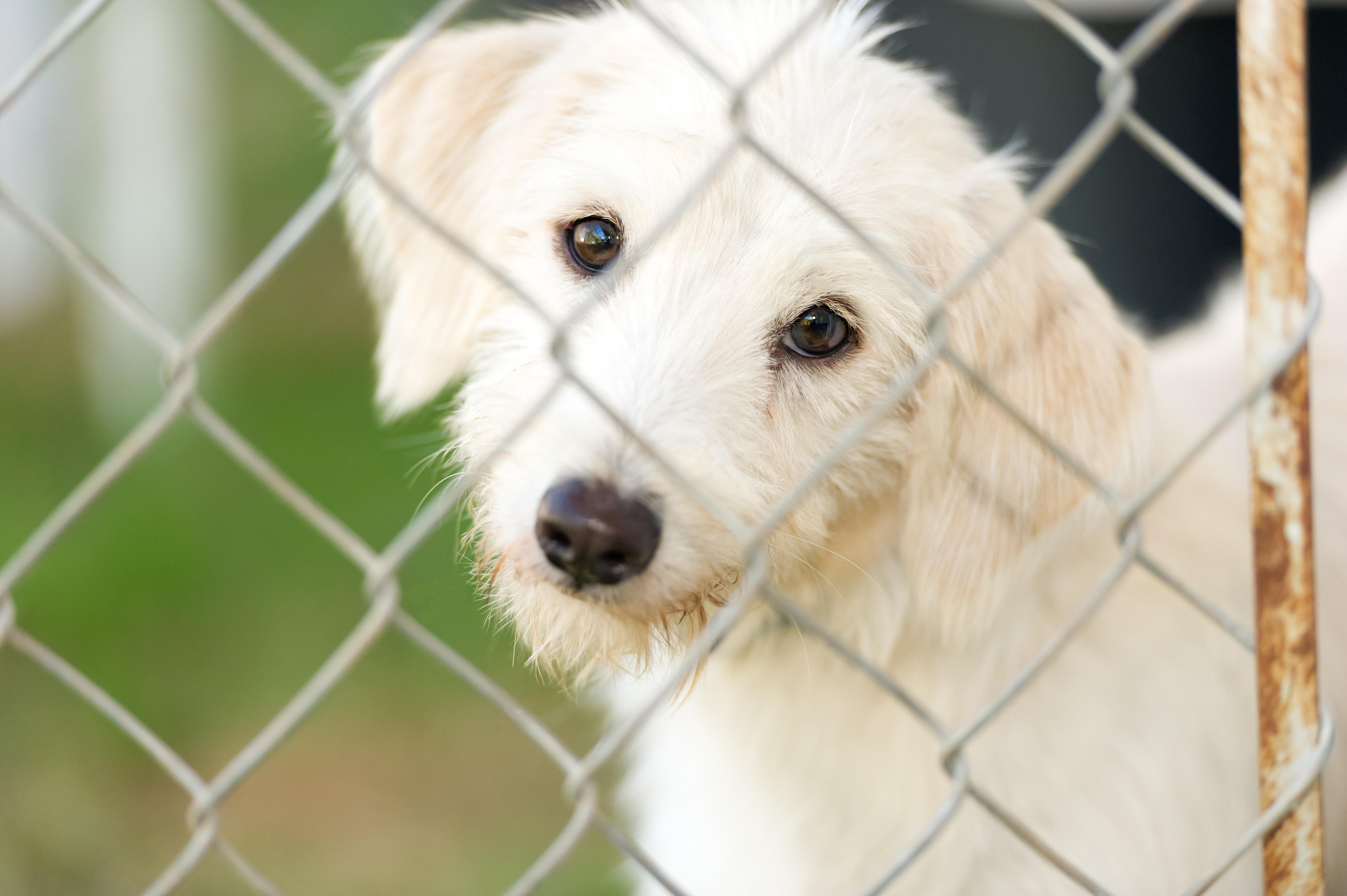
How to choose a rescue dog, by expert trainer Ben Randall
Adopting a dog in need of a new home can be a fabulous experience that will transform your life for

How to train your dogs around your gardening, by expert trainer Ben Randall
It's the time of year when we're all starting to get out more and more — particularly in the garden. That's

Credit: Alamy Stock Photo
How to stop a dog chasing cars: Six tips from top dog-trainer Ben Randall
Watching your dog run after traffic can be heart-stoppingly scary — but it's also a difficult habit to break. Ben Randall,
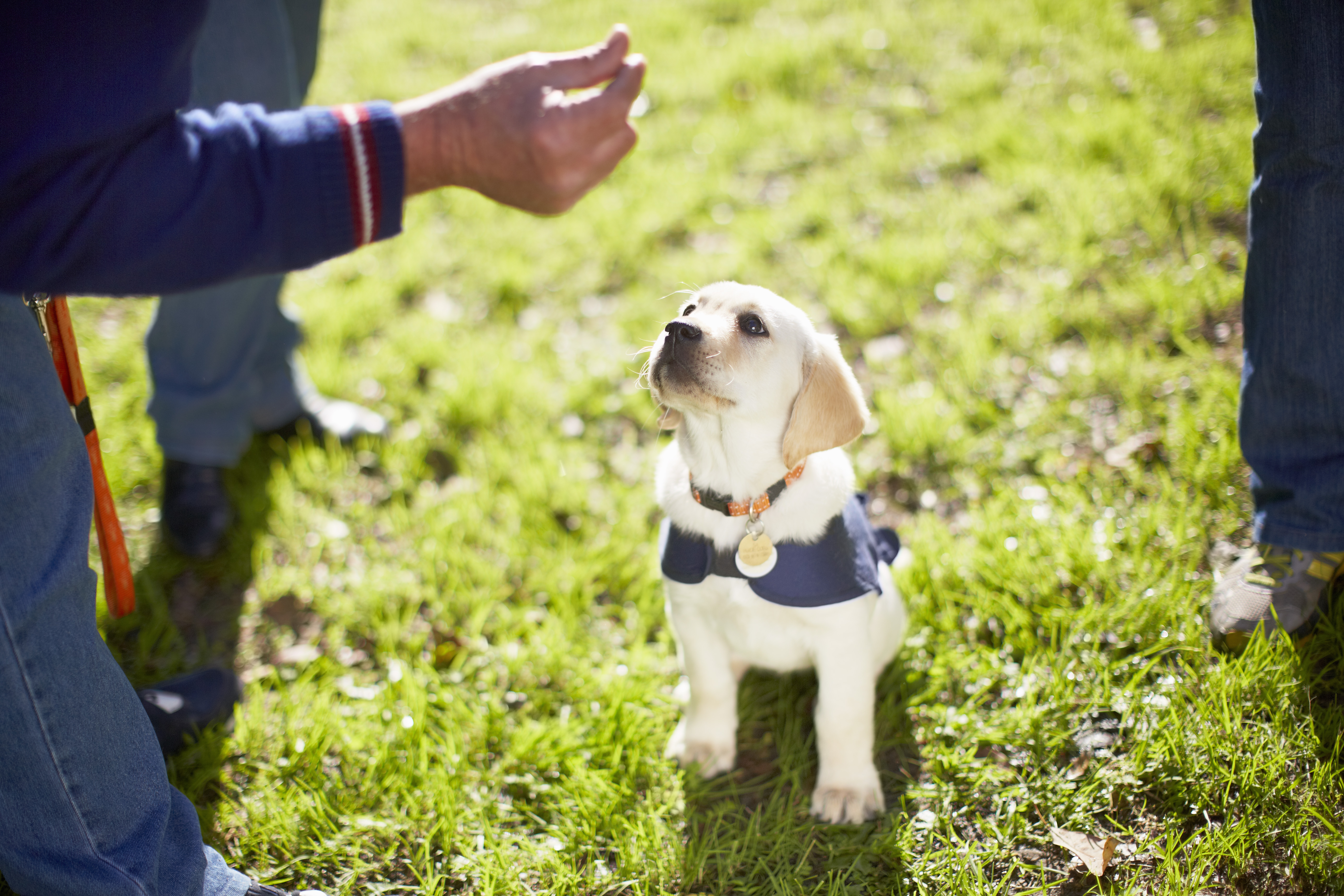
Credit: Getty Images/Westend61
How to teach a dog to sit: Five tips from leading dog trainer Ben Randall
Teaching your dog to sit is one of the most important things you can do — and it will help with
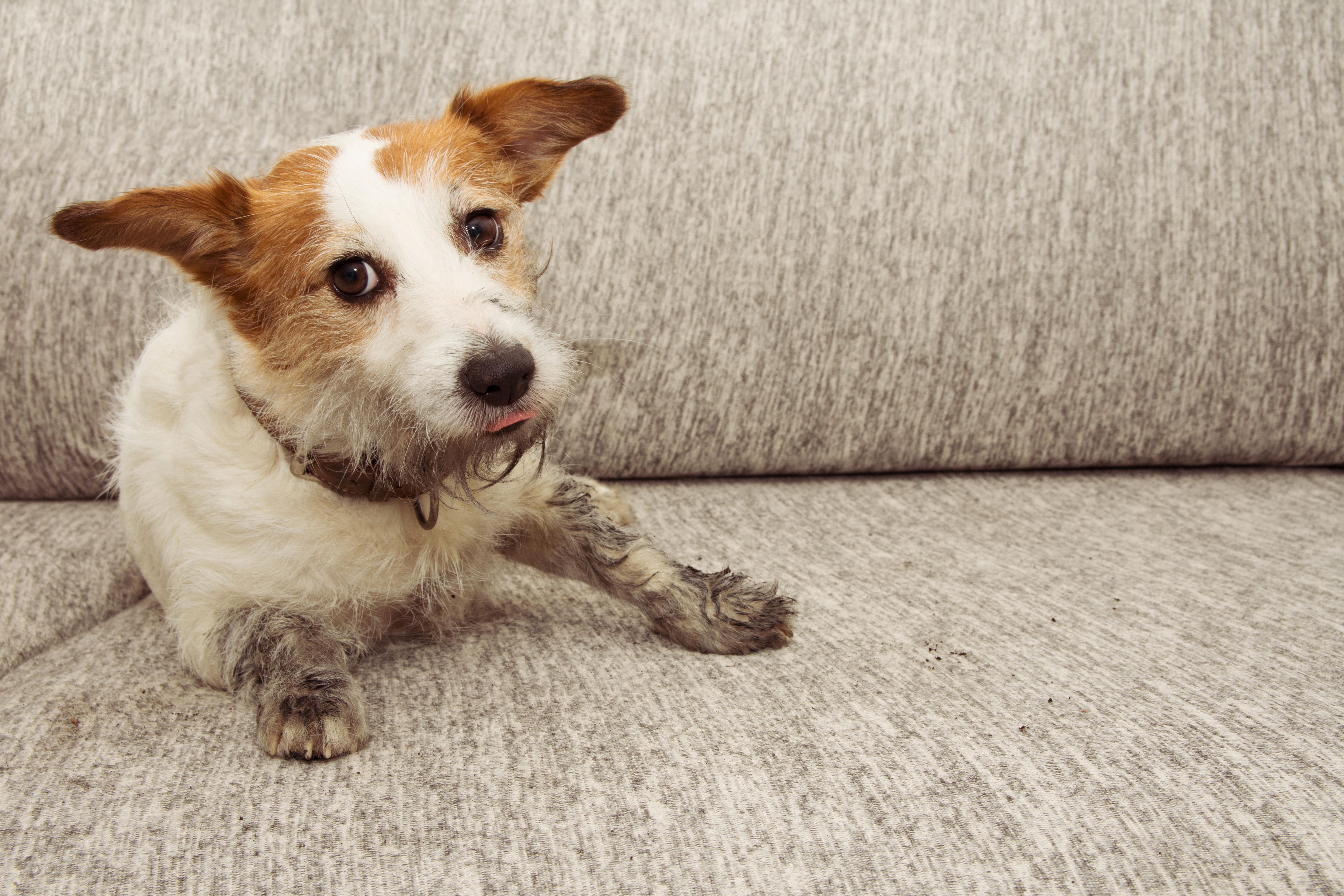
Credit: Alamy
How to keep a dog off the sofa, by top trainer Ben Randall
Fed up with Fido leaping onto the furniture — whether it's your sofa, armchair, or your bed — whenever he

Problems with your dog? Here's how to contact our canine agony uncle Ben Randall
Here's how to submit your question to award-winning dog trainer Ben Randall.
